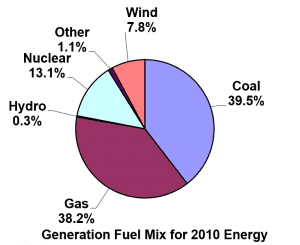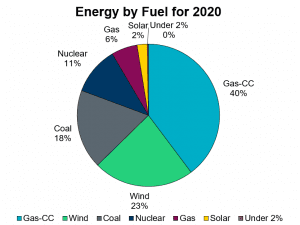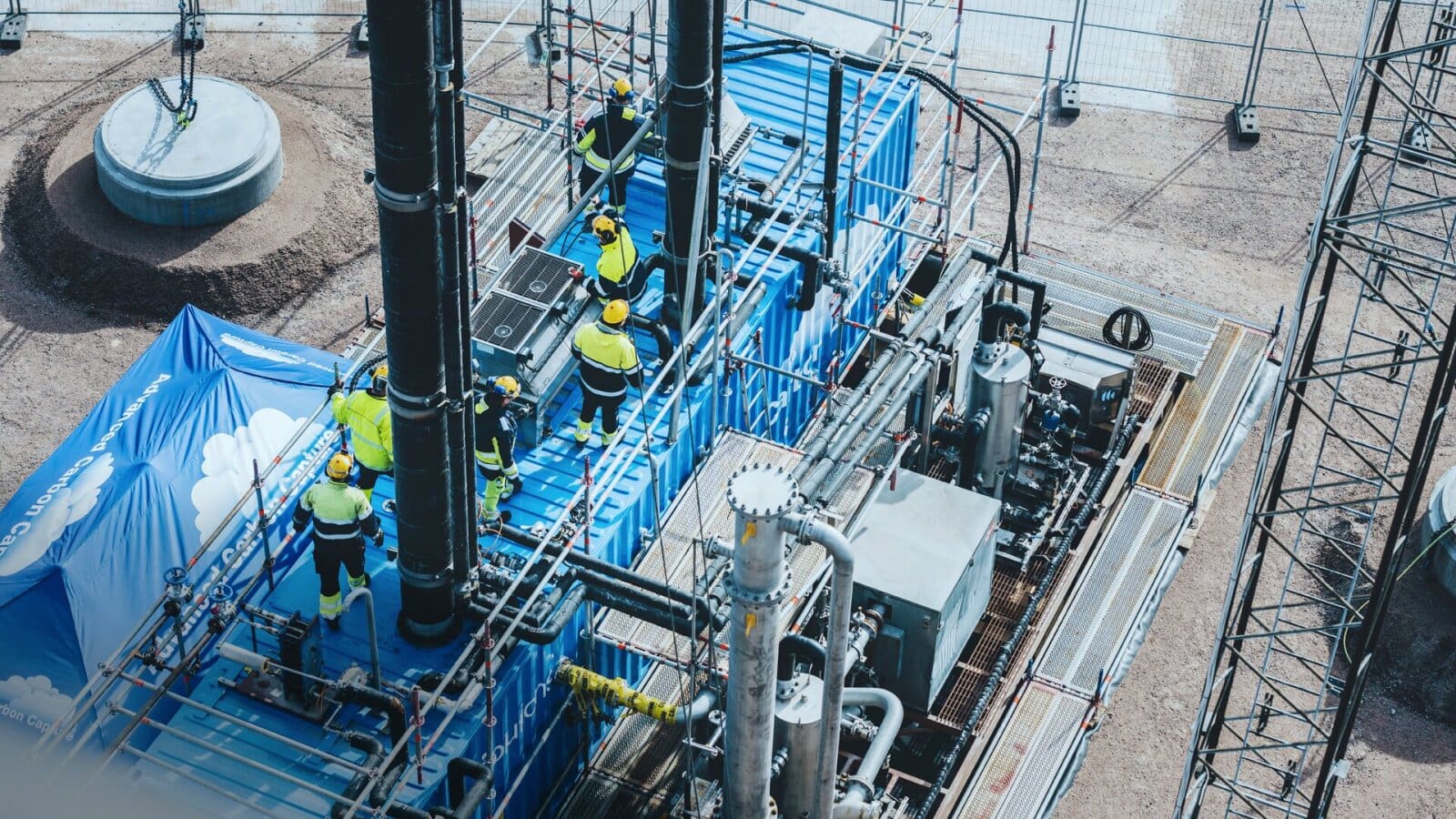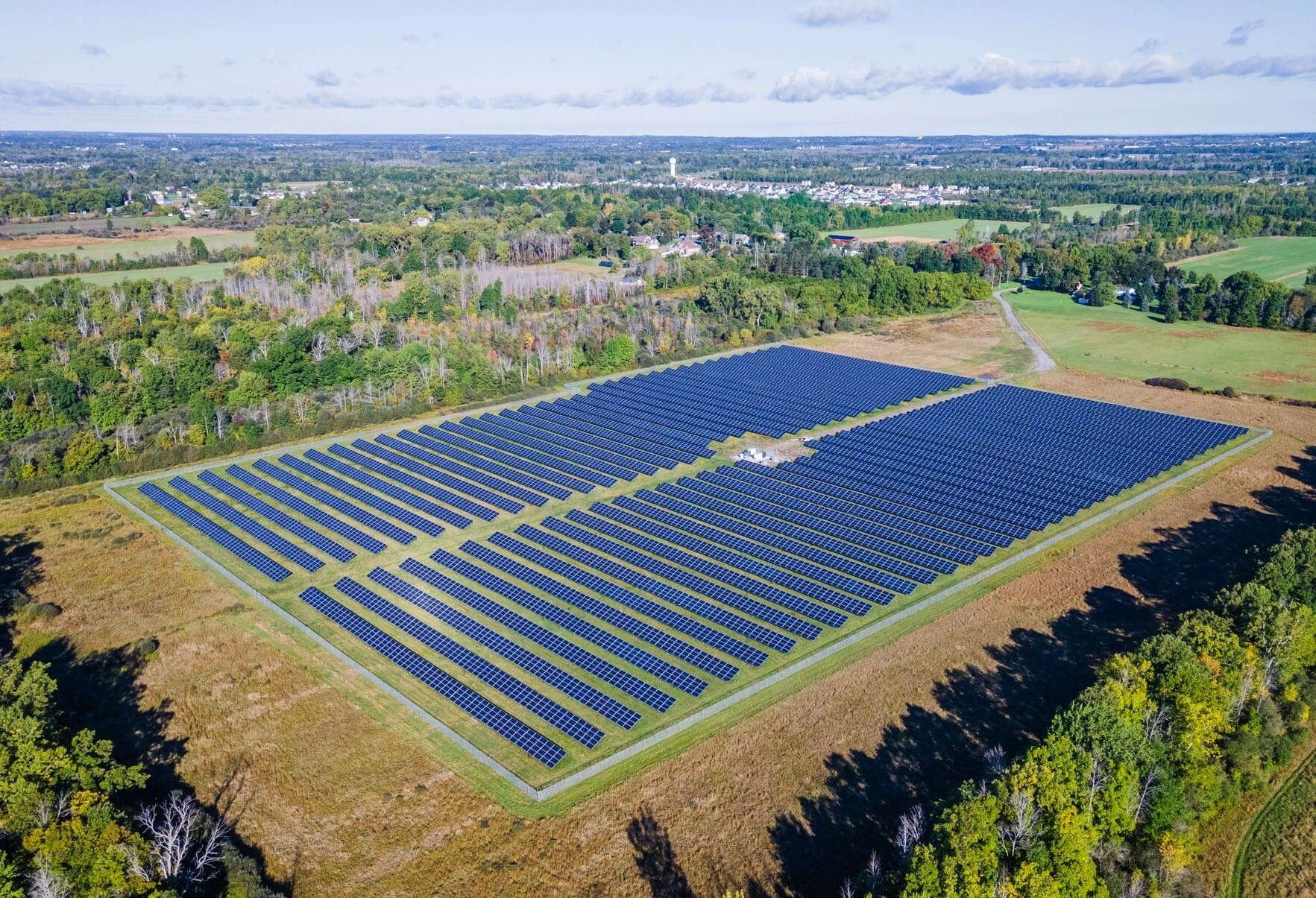
The North American power transmission grid consists of three major regions: the Eastern Interconnection, the Western Interconnection, and the Texas Interconnection. Texas’ decision to have its own grid independent of federal regulation traces back to the formation of The Electric Reliability Council of Texas (ERCOT) in 1970. Fast forward to today, and ERCOT manages the flow of electric power to 90% of Texans, scheduling power on an electric grid that connects more than 46,500 miles (74,834 km) of transmission lines and over 680 generation units.

From February 15 to February 18, 2021, Texas’ grid suffered catastrophic failures as sustained freezing temperatures led to a spike in demand and a collapse in supply. In Houston, for example, temperatures were as low as 10˚F (-12˚C) and barely went above freezing during the four day stretch. Natural gas pipelines froze, and wind turbines suffered major productivity declines because they lacked the anti-icing, maintenance, and servicing needed to withstand the 30-year low temperatures.

Fossil Fuels Vs. Green Energy
The short answer is that this isn’t a story of fossil fuels versus green energy. Rather, it’s insufficiently rated equipment simultaneously failing across the state. Pipelines and wind turbines routinely operate in sub-zero climates around the world. But in Texas, ERCOT didn’t require the same anti-freeze ratings. Dan Woodfin, a senior ERCOT director, said that “we’ve had some issues with pretty much every kind of generating capacity in the course of this multi-day event,” noting on February 16 that around 45 GW of power was offline across the state. Of that 45 GW, around two-thirds were fossil fuels and one third were renewables. For perspective, the grid routinely houses a capacity of between 70 and 80 GW in the winter, meaning over half of capacity was offline during a time when demand was well above average levels.
Given that renewable energy supplies around a quarter of Texas energy, there is an argument that renewables failed disproportionally higher than fossil fuels, albeit slightly. This claim has merit, but the bigger reason why wind energy was blamed for the Texas winter freeze power outage likely has to do with the meteoric but contentious rise of wind energy over the last decade.
| Plant Type | 2010 | 2015 | 2020 | 10-Year Change |
| Coal | 124,949 | 097,655 | 068,514 | (45.2%) |
| Natural Gas | 120,732 | 167,894 | 173,796 | 44% |
| Nuclear | 041,334 | 039,384 | 041,459 | 0.3% |
| Biomass | 000,000 | 000,560 | 000,344 | – |
| Hydroelectric | 000,927 | 000,563 | 000,639 | (31.1%) |
| Wind | 024,713 | 040,786 | 087,090 | 352.4% |
| Solar | 000,000 | 000,421 | 008,749 | – |
| Other | 003,391 | 000,004 | 000,000 | – |
| Total | 316,046 | 347,267 | 380,590 | 20.4% |
Data In Gigawatt Hours (GWh)
Data Source: Electric Reliability Council Of Texas
The Rise Of Wind Energy
Just 10 years ago, coal was the most relied upon energy resource in Texas, supplying just shy of 40% of the state’s electricity. Coal’s dominate position became threatened when hydraulic fracturing and horizontal drilling led to a surge in Texas oil and gas production out of the Permian Basin. Between 2010 and the end of 2019, oil production nearly quintupled and natural gas production rose over three-fold. Suddenly, the Permian alone was supplying roughly a third of US oil production and around 20% of the country’s natural gas production. As of 2020, natural gas supplied 46% of Texas’ electricity, growing 44% in 10 years.

With cheap and reliable natural gas acting as the staple energy resource in Texas, the stage was set for wind energy to assume the role of reducing greenhouse gas (GHG) emissions. Subsidies and declining costs that made wind competitive with fossil fuels pole-vaulted wind production over 350% in just 10 years. In 2010, wind provided 7.8% of Texas electricity. By 2020, it was the second-largest resource behind natural gas, supplying 23% of Texas electricity. In just a few years, Texas had become the largest wind-producing state in the United States, supplying over 20% of America’s wind production.

The Makings Of A Scapegoat
There’s no denying that wind energy systems failed at a jaw-dropping rate during the Texas winter freeze, but so did fossil fuels. Political leaders that prefer natural gas, coal, and nuclear to wind energy found it easy to blame wind’s rising contribution to the grid as the reason for the power outages. And in some cases, advocate the suspension of wind investment in favor of stockpiling coal as a failsafe for the next freeze.
A better solution than importing coal from Pennsylvania is to weatherproof Texas power generation, transmission, and storage infrastructure so it can handle more extreme temperatures. After all, Texas is a flush with natural gas reserves and has the ideal terrain for wind power. These two resources deserve to comprise the majority of Texas’ electricity, as long as it’s done in the right way. The technology to weatherproof existing and future infrastructure already exists. Eliminating the chance of further loss of life or a massive slowdown in economic output due to grid failure is a small price to pay for implementing these preventative measures right now.
















